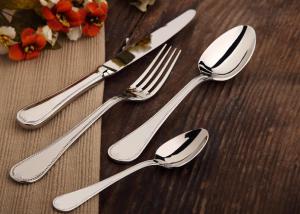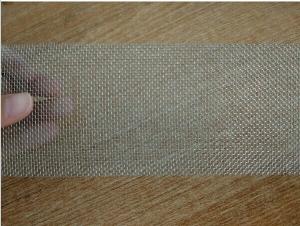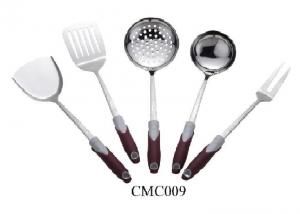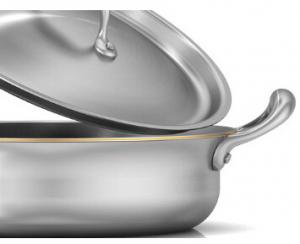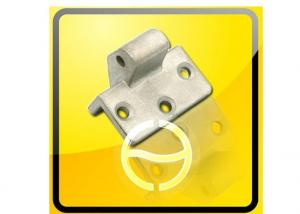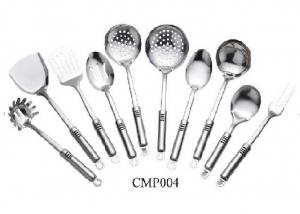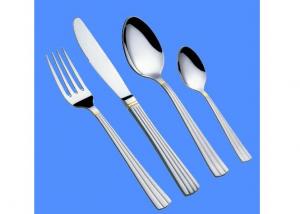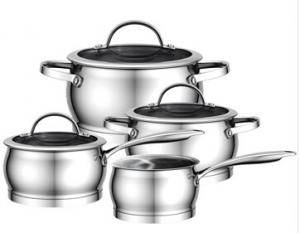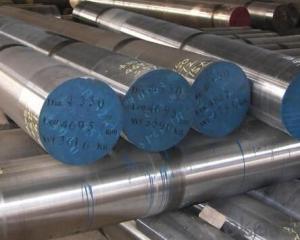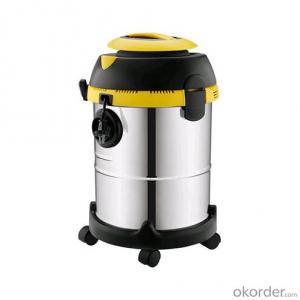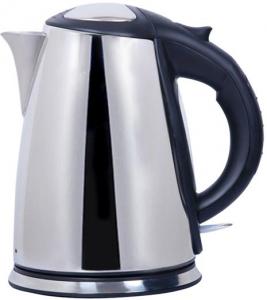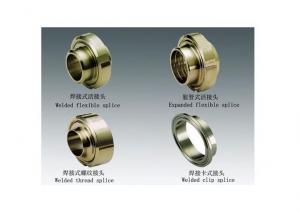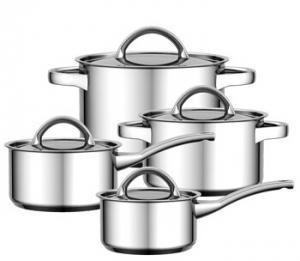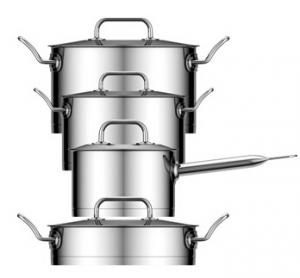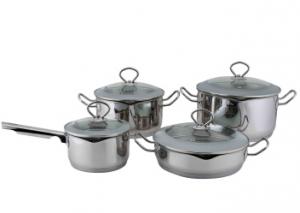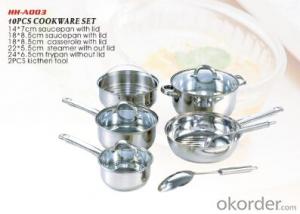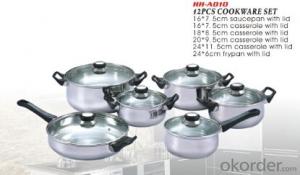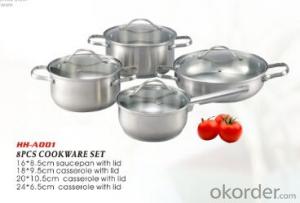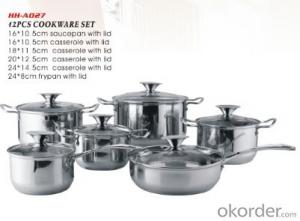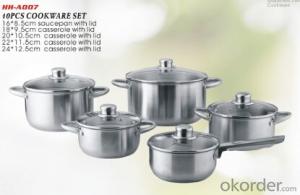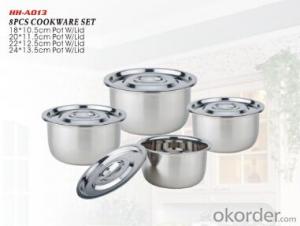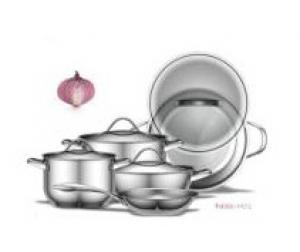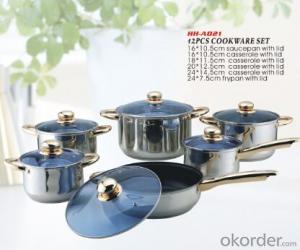Stainless Steel Furniture
Stainless Steel Furniture Related Searches
Stainless Steel Dining Chairs Stainless Steel Apliances Stainless Steel Chair Stainless Steel Appliance Stainless Steel Shelves Stainless Steel Hardware Stainless Steel Kitchens Stainless Steel Shelving Chair Stainless Steel Stainless Steel Stool Stainless Steel Kitchenware Stainless Steel Doors Stainless Steel Cloths Stainless Steel Barstools Stainless Steel Enclosures Stainless Steel Jewelery Kitchen Stainless Steel Stainless Steel Jewlery Stainless Steel Desk Stainless Steel Staircase Stainless Steel Jewellery Stainless Steel Door Stainless Steel Bar Stool Stainless Steel Home Kitchen Stainless Steel Plates Stainless Steel Roofing Stainless Steel Storage Stainless Steel Kitchen Shelves Stainless Steel Wall Shelves Stainless Steel BenchStainless Steel Furniture Supplier & Manufacturer from China
Stainless steel furniture is a type of furniture crafted from stainless steel, which is known for its durability, corrosion resistance, and modern aesthetic. This material is particularly suitable for environments where moisture, heat, and wear are common, making it a popular choice for both residential and commercial settings.Stainless steel furniture finds its application in various scenarios, such as kitchens, dining areas, outdoor spaces, and public facilities. Its resistance to rust and ease of cleaning make it an ideal choice for high-traffic areas and places where hygiene is a priority. Additionally, the sleek and contemporary design of stainless steel furniture adds a touch of sophistication to any setting, whether it's a home, restaurant, or office.
Okorder.com is a reputable wholesale supplier of stainless steel furniture, boasting a large inventory that caters to diverse needs and preferences. With a commitment to quality and customer satisfaction, Okorder.com ensures that the stainless steel furniture they provide is of the highest standard, making it a reliable choice for those looking to furnish their spaces with durable and stylish pieces.
Hot Products








